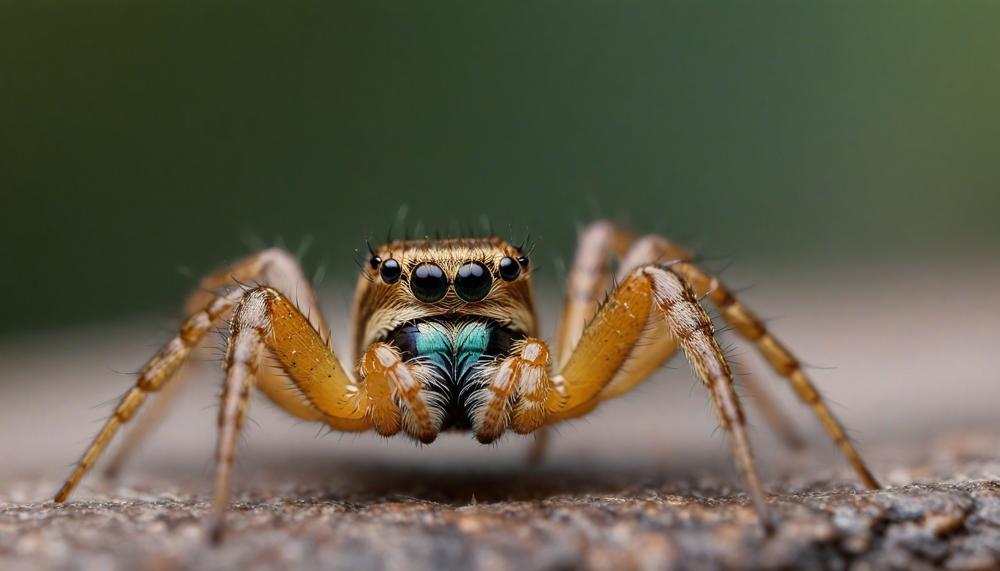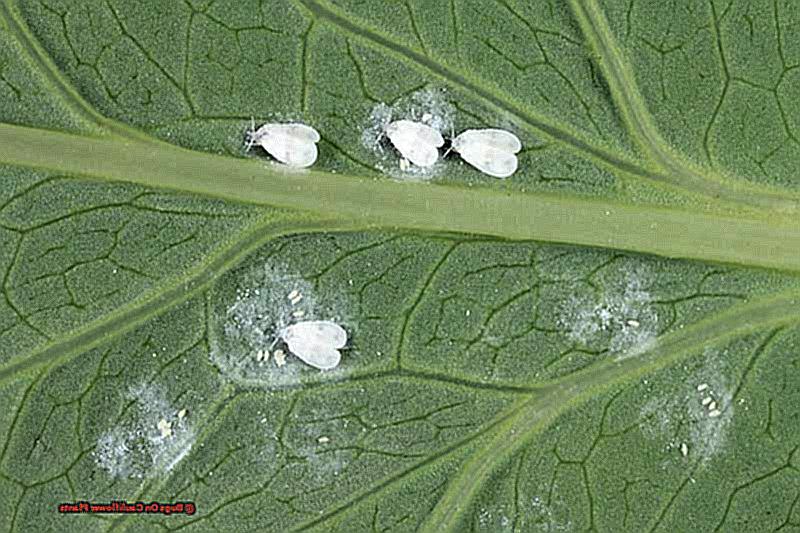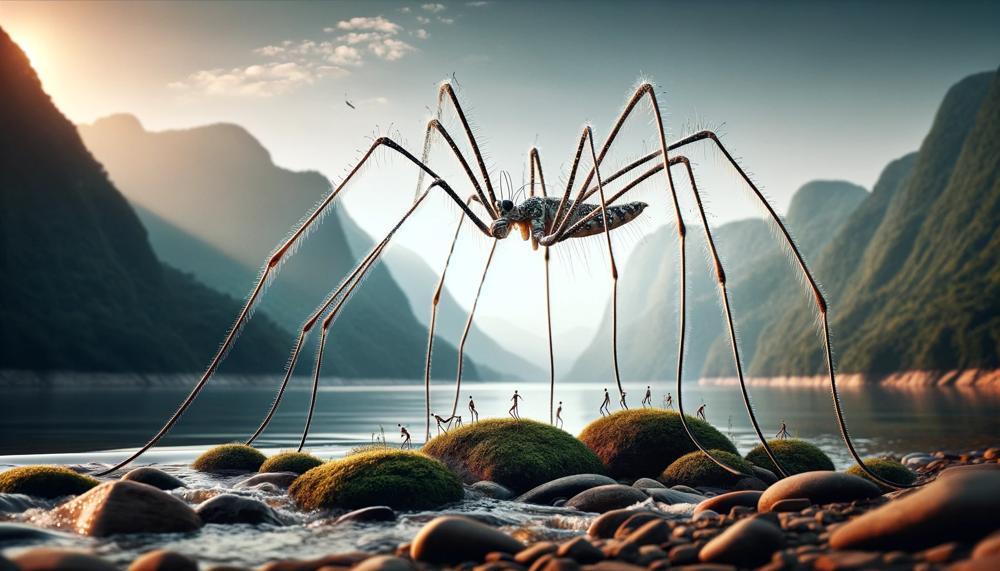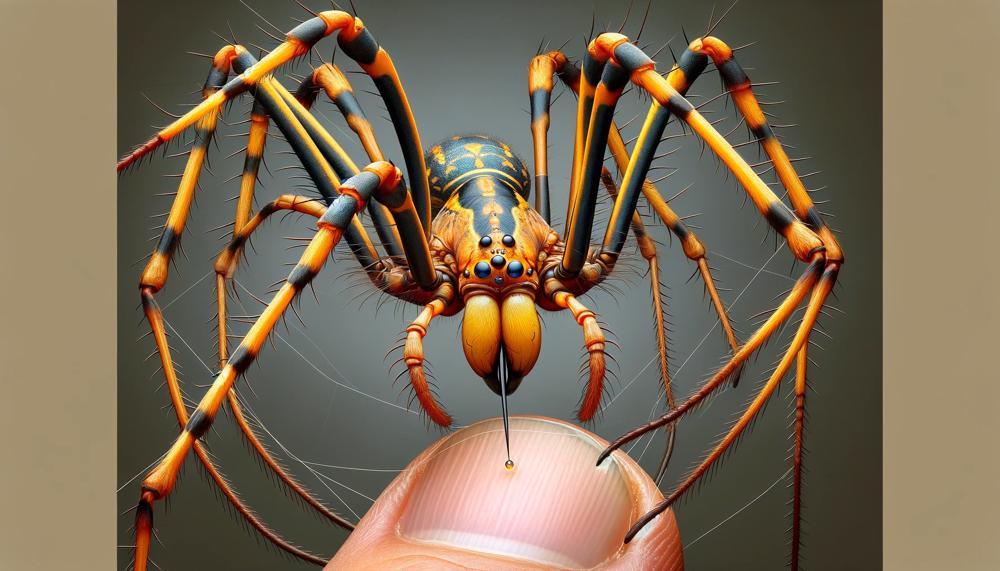Spiders have a special position among the marvels of nature, enthralling us with their complex webs and varied looks. Even though their exoskeletons and eight-legged walking distinguish them from many other animals, it is still unclear whether spiders have bones.
As we dig into the intriguing realm of spider anatomy, explore the intricacies of their skeletal systems and unearth the mysteries that lay behind their exoskeletons, join us on a voyage of discovery.
Key Points:
- Spiders belong to the class Arachnida, characterized by their jointed appendages and external skeletons.
- Unlike vertebrates, which possess internal skeletons made of bones, spiders have an exoskeleton composed of a tough, protein-based material called chitin.
- The exoskeleton provides structural support, protection, and attachment points for muscles, enabling spiders to move and function effectively.
- Within the exoskeleton, spiders have a fluid-filled body cavity called the hemocoel, which serves as a circulatory system and provides hydrostatic support.
- Although spiders lack traditional bones, they possess internal structures that provide support and rigidity, such as apodemes, which are internal projections of the exoskeleton that serve as muscle attachment points.
Prepare to be amazed as we unravel the mysteries of spiders’ skeletal structures, revealing the intricate adaptations that allow these creatures to thrive in diverse environments.
Table of Contents
The Unique Anatomy of Spiders
| Skeletal Structure | Description |
|---|---|
| Internal Skeleton | Spiders possess an internal skeleton, known as an endoskeleton. |
| Exoskeleton | Spiders do not have an external skeleton, or exoskeleton. |
Exploring the Exoskeleton of Spiders
The exoskeleton is a crucial part of a spider’s anatomy, serving a multitude of functions that are essential for the spider’s survival and success. It acts as a protective shield, safeguarding the spider’s delicate internal organs from external threats such as predators, harsh weather conditions, and water loss. Moreover, it provides structural support, giving the spider the necessary rigidity and strength to move, hunt, and spin webs.
The exoskeleton also plays a vital role in locomotion, enabling the spider to navigate its surroundings with agility and precision. The jointed appendages, such as the legs and pedipalps, are attached to the exoskeleton, allowing for flexible movement and efficient locomotion. The exoskeleton’s hard surface also provides traction, enabling the spider to grip onto surfaces and climb vertical structures with ease.
Furthermore, the exoskeleton serves as a sensory organ, equipped with numerous sensory hairs and bristles that are sensitive to vibrations and air currents. These sensory structures allow the spider to detect prey, identify potential mates, and navigate its environment with remarkable precision. Some spiders even have specialised hairs on their legs that can detect the slightest vibrations in their webs, alerting them to the presence of trapped prey.
Additionally, the exoskeleton contributes to the spider’s camouflage abilities. Many spiders have exoskeletons that are remarkably well-adapted to blend in with their surroundings, providing them with an effective means of avoiding predators and ambushing prey. The intricate patterns, colours, and textures of the exoskeleton help the spider to seamlessly merge with its environment, making it virtually indistinguishable from its surroundings.
| Feature | Function |
| Protection | Physical barrier against predators, the elements, and desiccation |
| Support | Provides structural support for the body and appendages |
| Locomotion | Enables spiders to crawl, walk, and jump |
| Sensing | Contains sensory hairs and bristles that detect vibrations and air currents |
| Camouflage | Some spiders have exoskeletons that blend in with their surroundings |
Understanding the Purpose of an Exoskeleton
| Advantages | Description |
|---|---|
| Protection | Exoskeletons provide a strong, protective barrier against predators and the elements. They can withstand impacts and punctures that would be fatal to animals with internal skeletons. |
| Support | Exoskeletons provide support for the body, allowing animals to move and lift heavy objects. They also help to protect the internal organs from damage. |
| Water conservation | Exoskeletons help to conserve water by preventing evaporation from the body. This is important for animals that live in dry environments. |
| Camouflage | Some animals use their exoskeletons for camouflage, helping them to blend in with their surroundings and avoid predators. |
Comparing Spiders to Other Arthropods
Spiders’ exoskeletons differ from the endoskeletons of other arthropods, such as insects, in several key ways.
- Rigidity: Spiders’ exoskeletons are rigid and non-expandable, while insect endoskeletons are flexible and expandable. This is because spiders’ exoskeletons are made of chitin and protein, while insect endoskeletons are made of chitin and calcium carbonate.
- Attachment to muscles: In spiders, the muscles are attached to the exoskeleton, while in insects, the muscles are attached to the inner surface of the endoskeleton.
- Function: The exoskeleton of a spider provides protection and support, while the endoskeleton of an insect provides support and protection.
- Growth: The exoskeleton of a spider limits growth, while the endoskeleton of an insect allows for growth. This is because spiders must molt their exoskeleton in order to grow, while insects can simply expand their endoskeleton.
The Advantages and Disadvantages of an Exoskeleton
| Benefits of Exoskeletons | Drawbacks of Exoskeletons |
|---|---|
| Enhanced Strength: Exoskeletons provide structural support and leverage, enabling animals to lift and carry heavy objects. | Limited Flexibility: Exoskeletons restrict movement and agility, hindering certain activities like climbing or squeezing through narrow spaces. |
| Protection from Predators: Exoskeletons act as a shield against predators, offering physical protection from bites, claws, and other attacks. | Increased Energy Expenditure: Moving an exoskeleton requires more energy compared to soft-bodied animals, leading to higher metabolic rates. |
| Water Conservation: Exoskeletons reduce water loss through evaporation, allowing animals to survive in arid environments. | Vulnerability to Temperature Changes: Exoskeletons can hinder efficient heat exchange, making animals susceptible to overheating or freezing. |
| Camouflage and Mimicry: Some animals use their exoskeletons for camouflage or mimicry, blending in with their surroundings or resembling other species for protection. | Moulting: Exoskeletons require moulting to accommodate growth, leaving animals vulnerable during the process. |
| Support for Locomotion: Exoskeletons provide a framework for muscles to attach to, facilitating efficient movement and locomotion. | Limited Growth Potential: Exoskeletons can restrict growth and limit the size that an animal can attain. |
The Role of Bones in Vertebrates
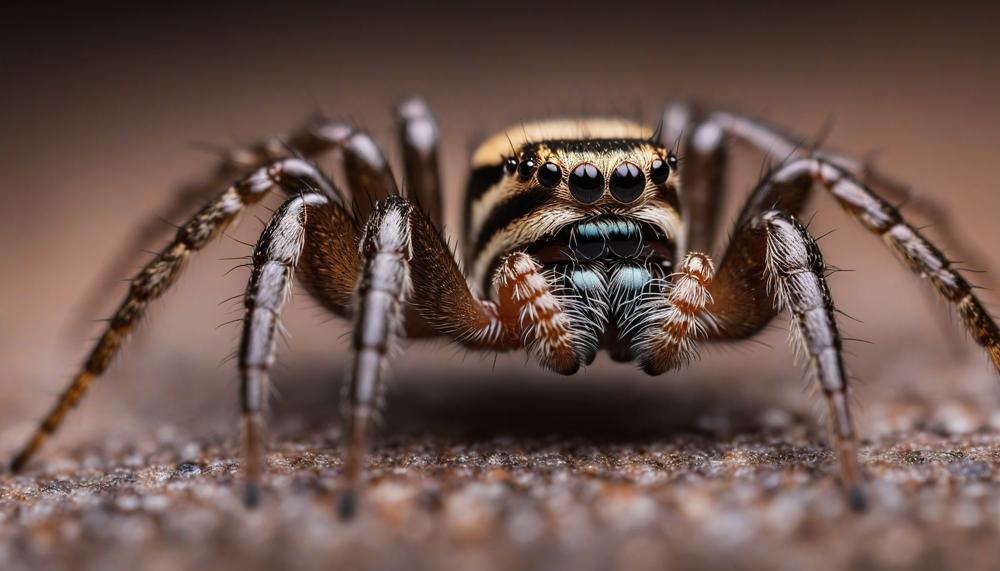
| Bone Function | Description |
|---|---|
| Support | Bones provide a rigid framework that supports the body and helps it to maintain its shape. |
| Protection | Bones protect the soft tissues and organs of the body from injury. For example, the skull protects the brain, and the ribs protect the heart and lungs. |
| Movement | Bones work together with muscles to produce movement. Muscles pull on bones to cause them to move, which allows the body to move. |
| Storage | Bones store minerals, such as calcium and phosphorus, which are essential for the body’s health. |
| Blood Cell Production | Bones produce red blood cells, which carry oxygen throughout the body. |
| Fat Storage | Bones store fat, which can be used for energy when needed. |
Conclusion
Among the marvels of nature, spiders are particularly remarkable because of their fascinating webs and interesting anatomy. Spiders are different from other vertebrates in that they have an exoskeleton, or protective covering, made of a protein called chitin.
In addition to providing protection and structural support, this exoskeleton acts as a sensory center, allowing spiders to move across their environment with amazing accuracy.
Even though they don’t have typical bones, spiders’ exoskeletons are amazing feats of adaptation that enable them to flourish in a variety of habitats and demonstrate the infinite ingenuity of nature’s designs.

